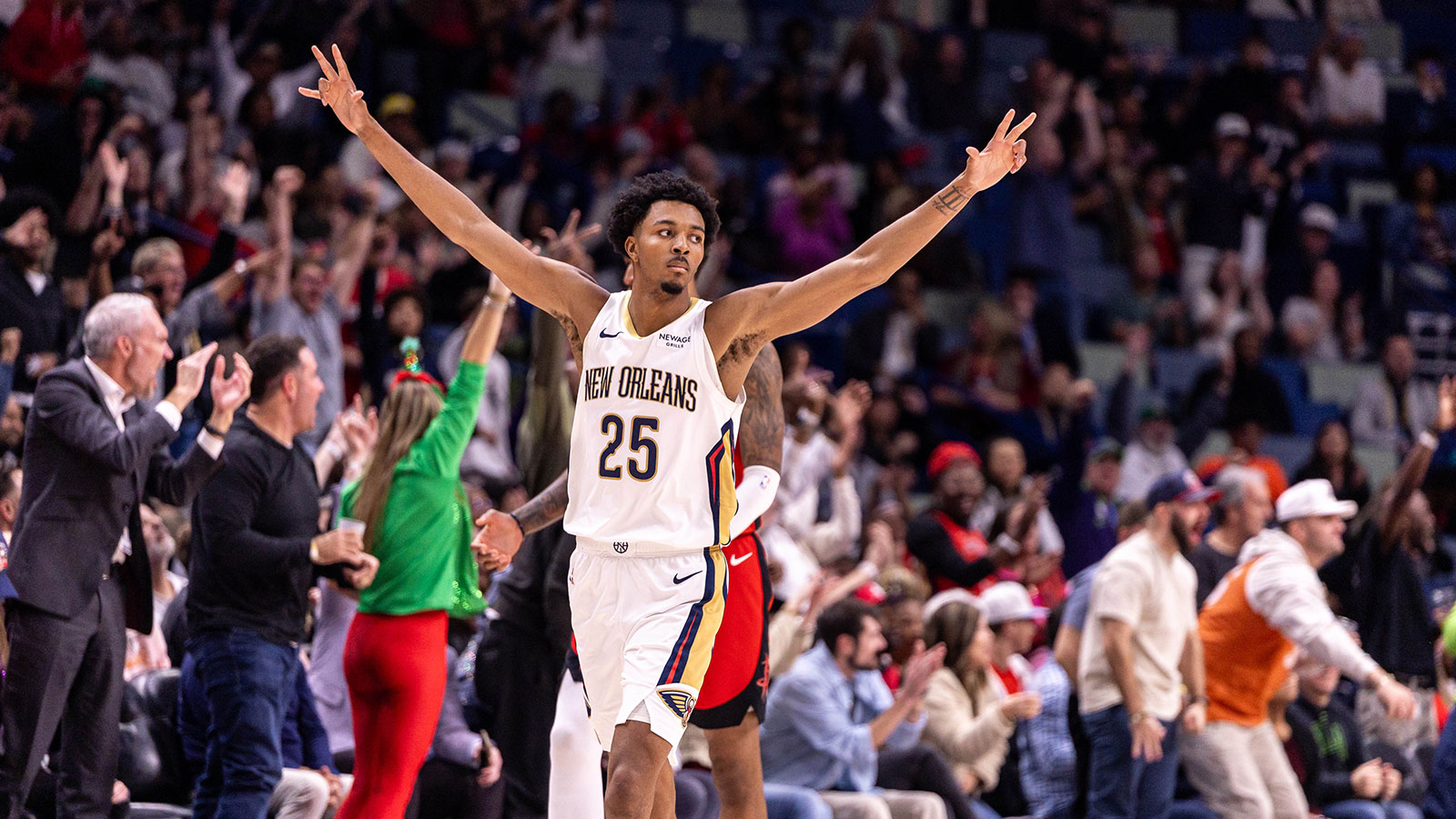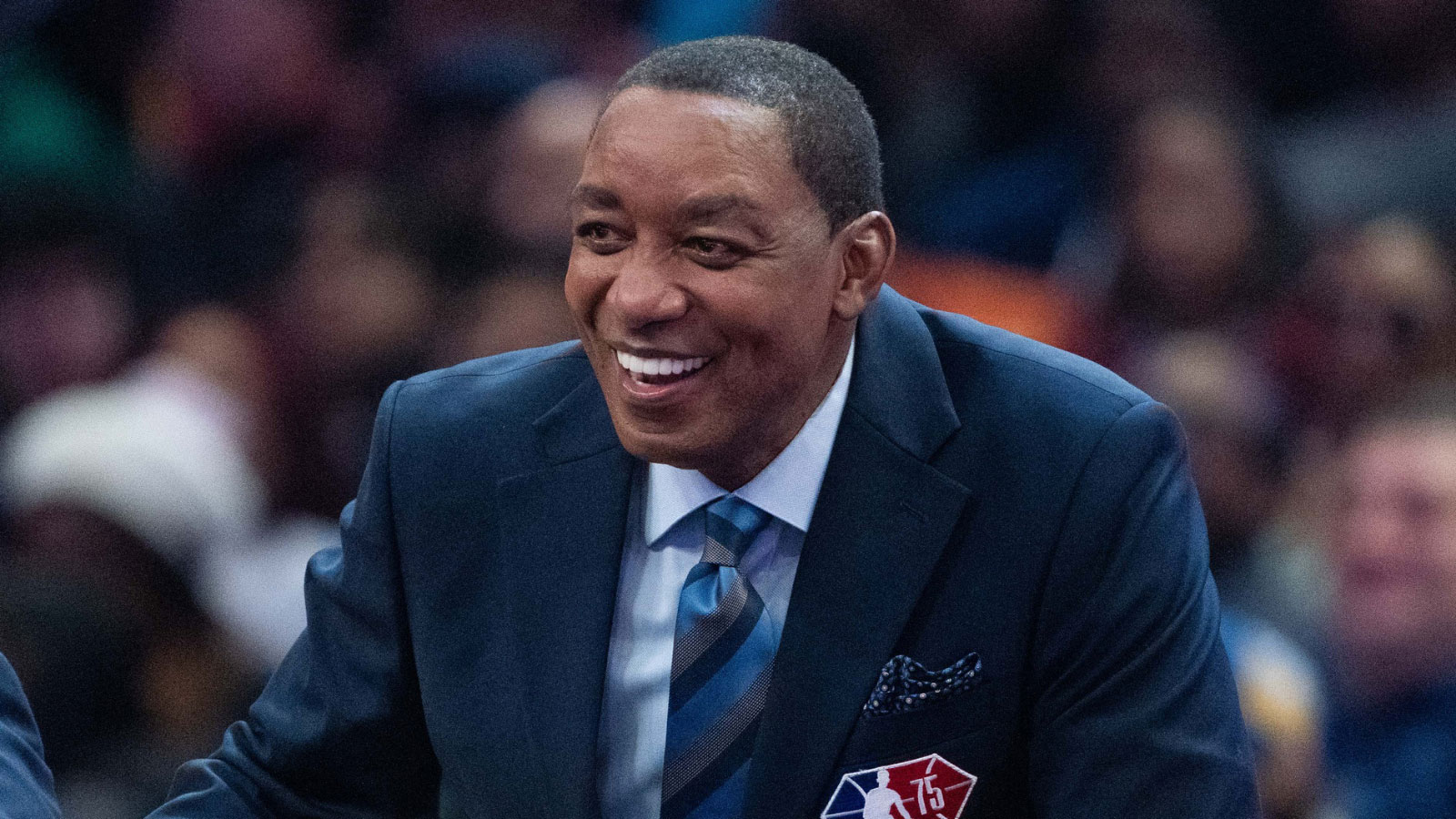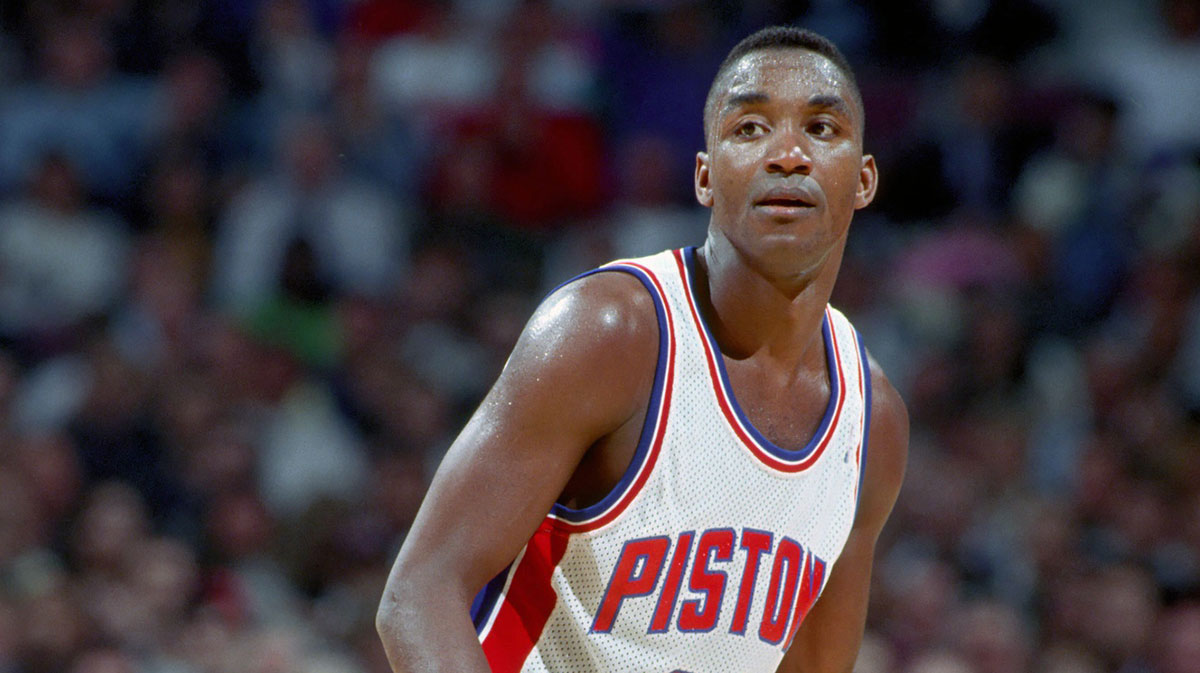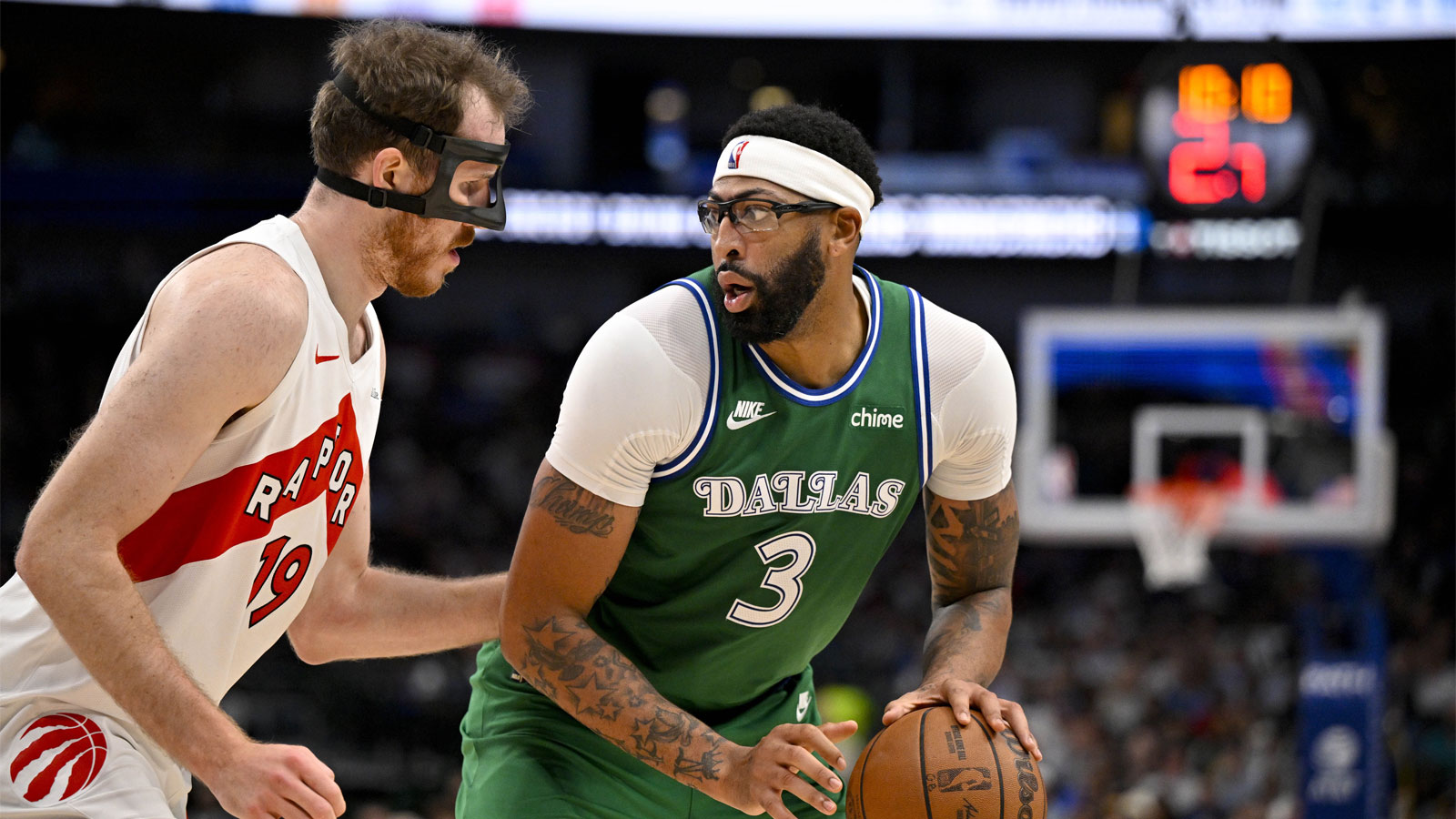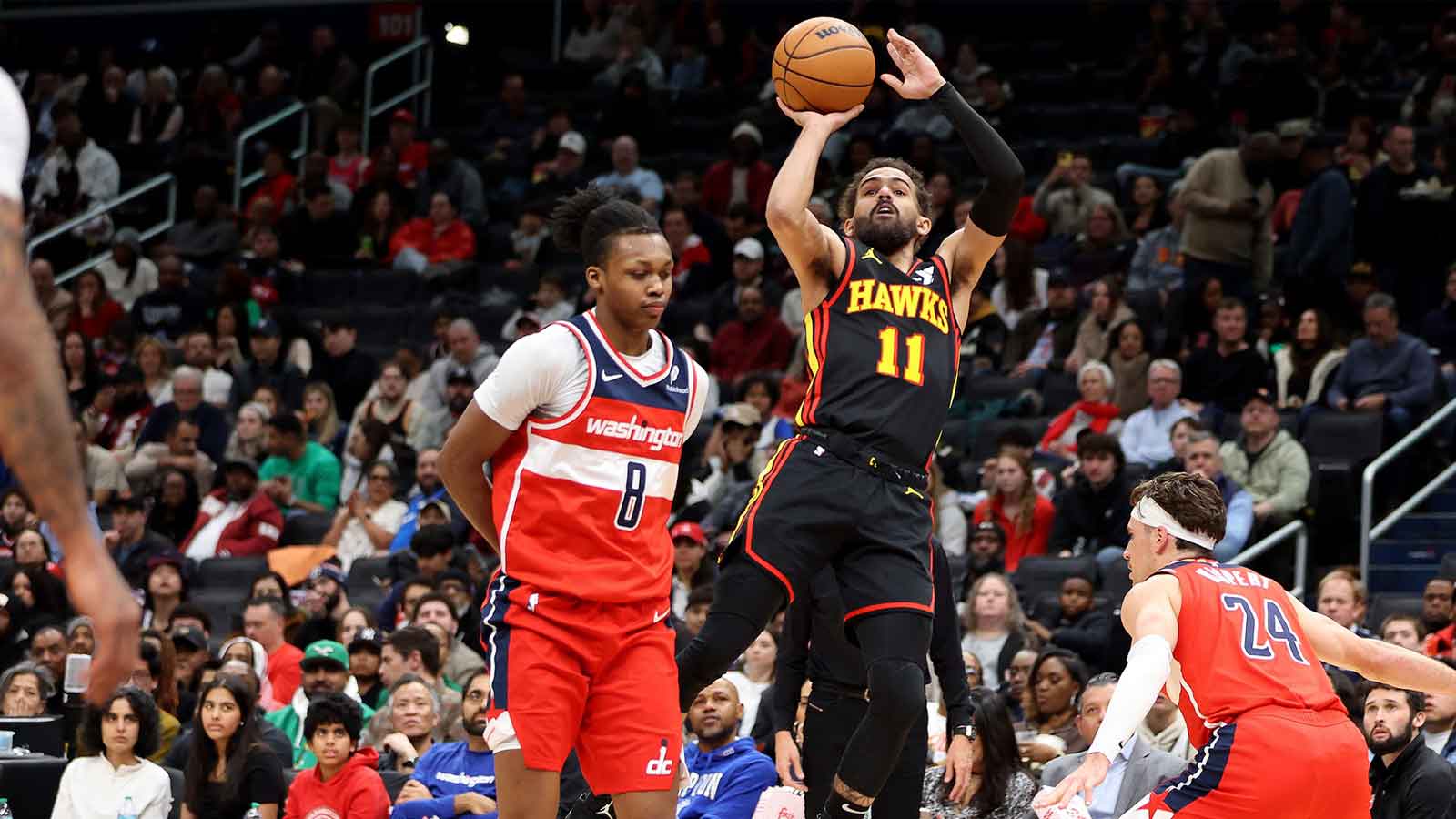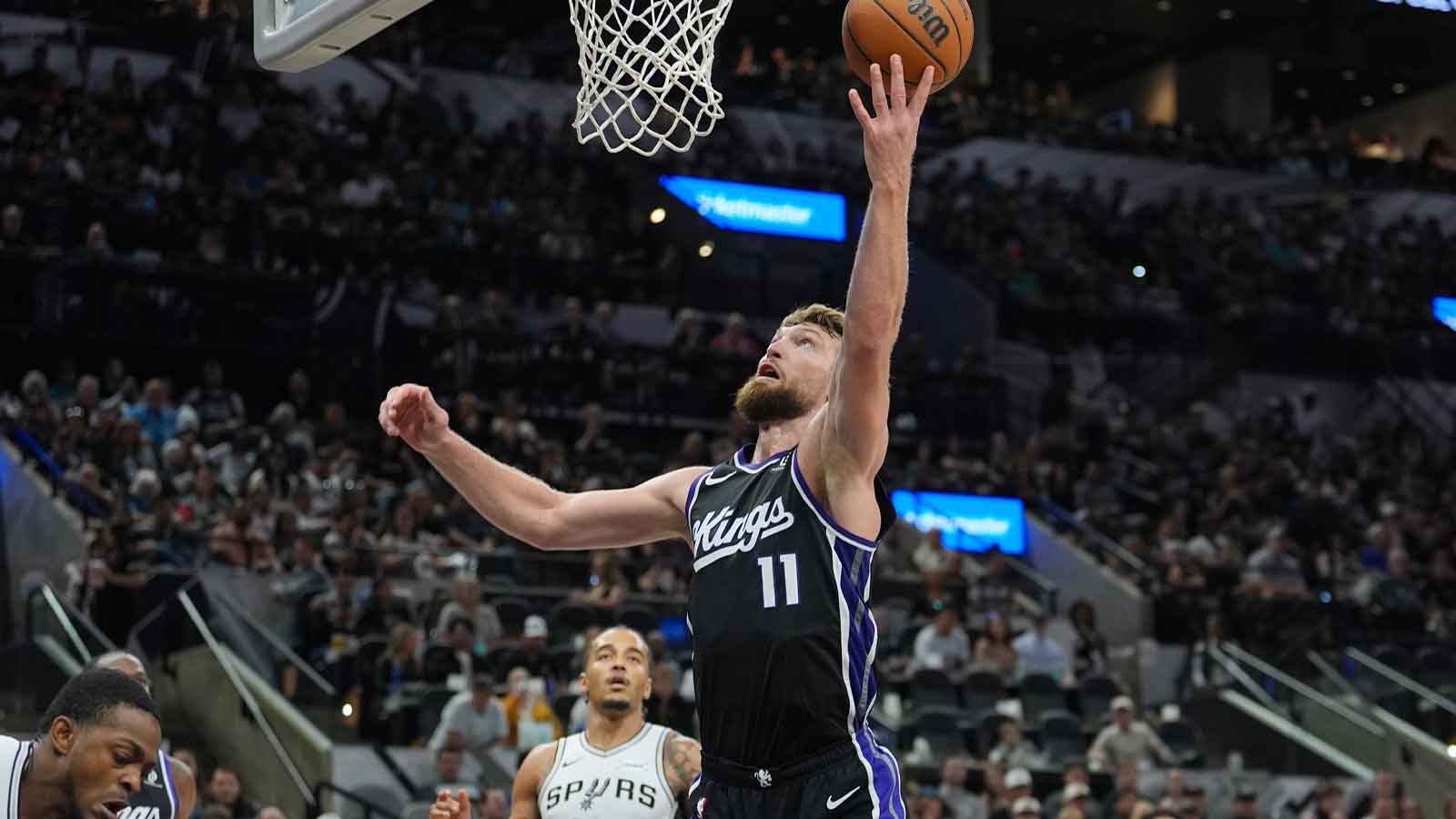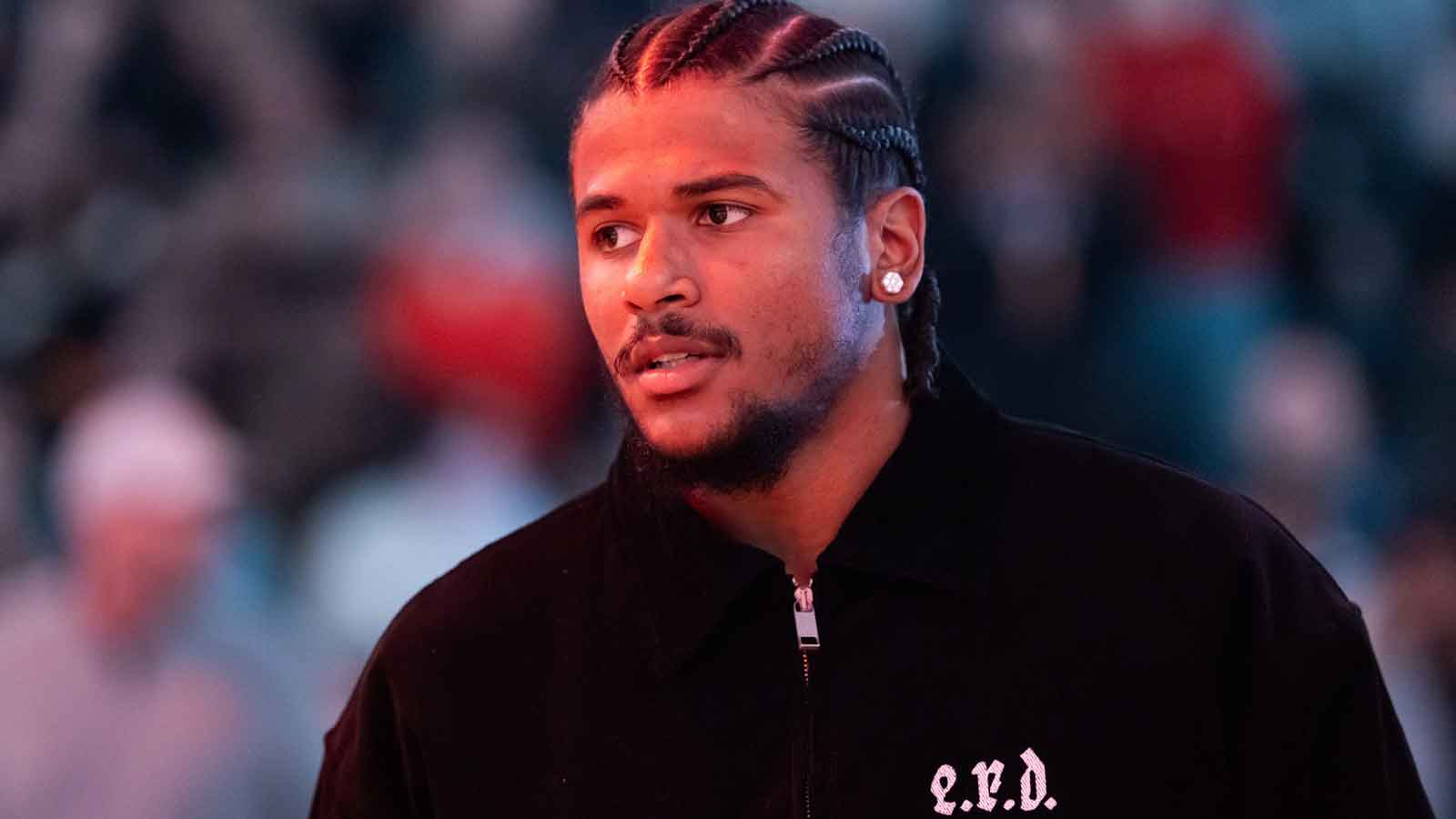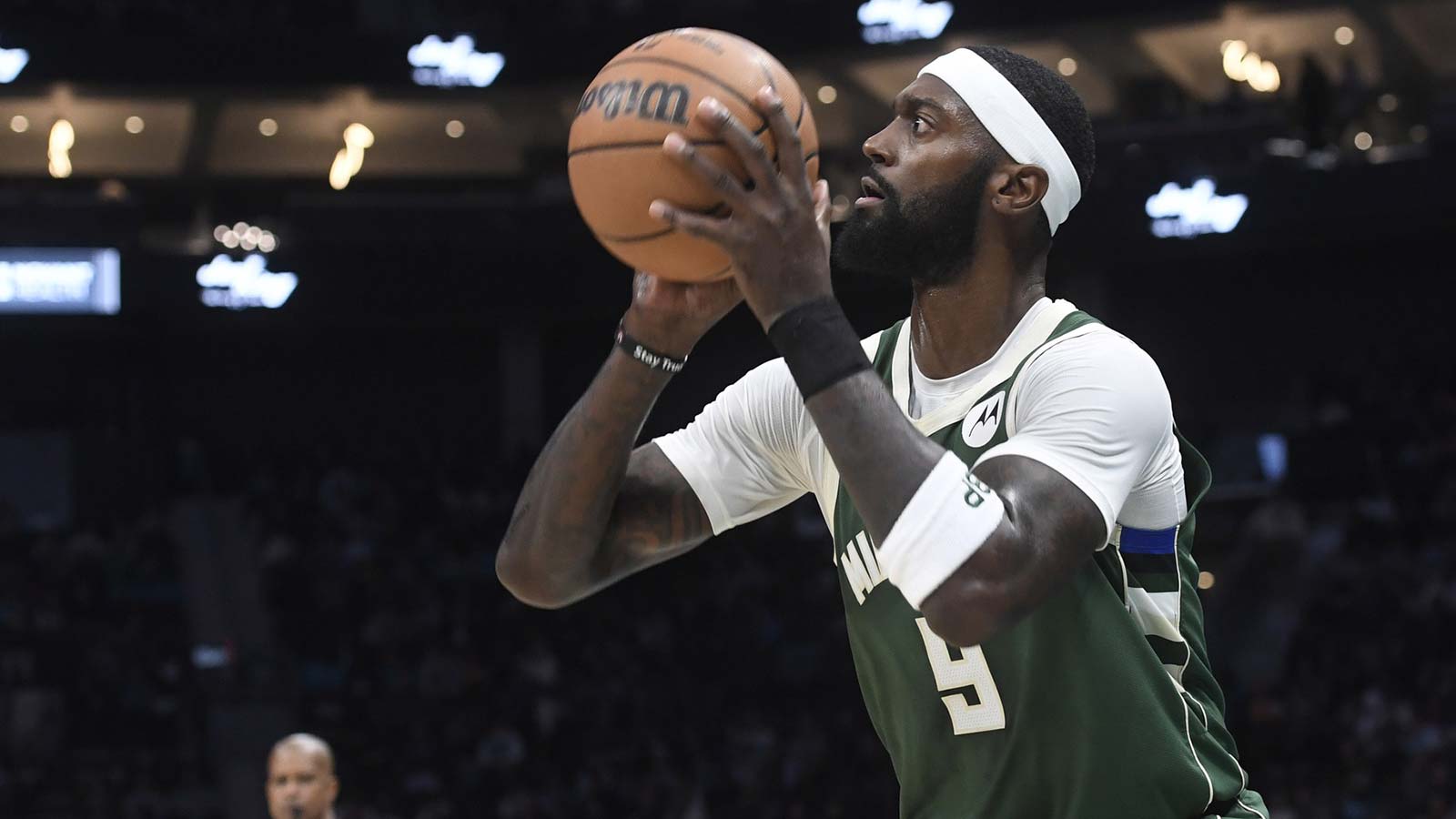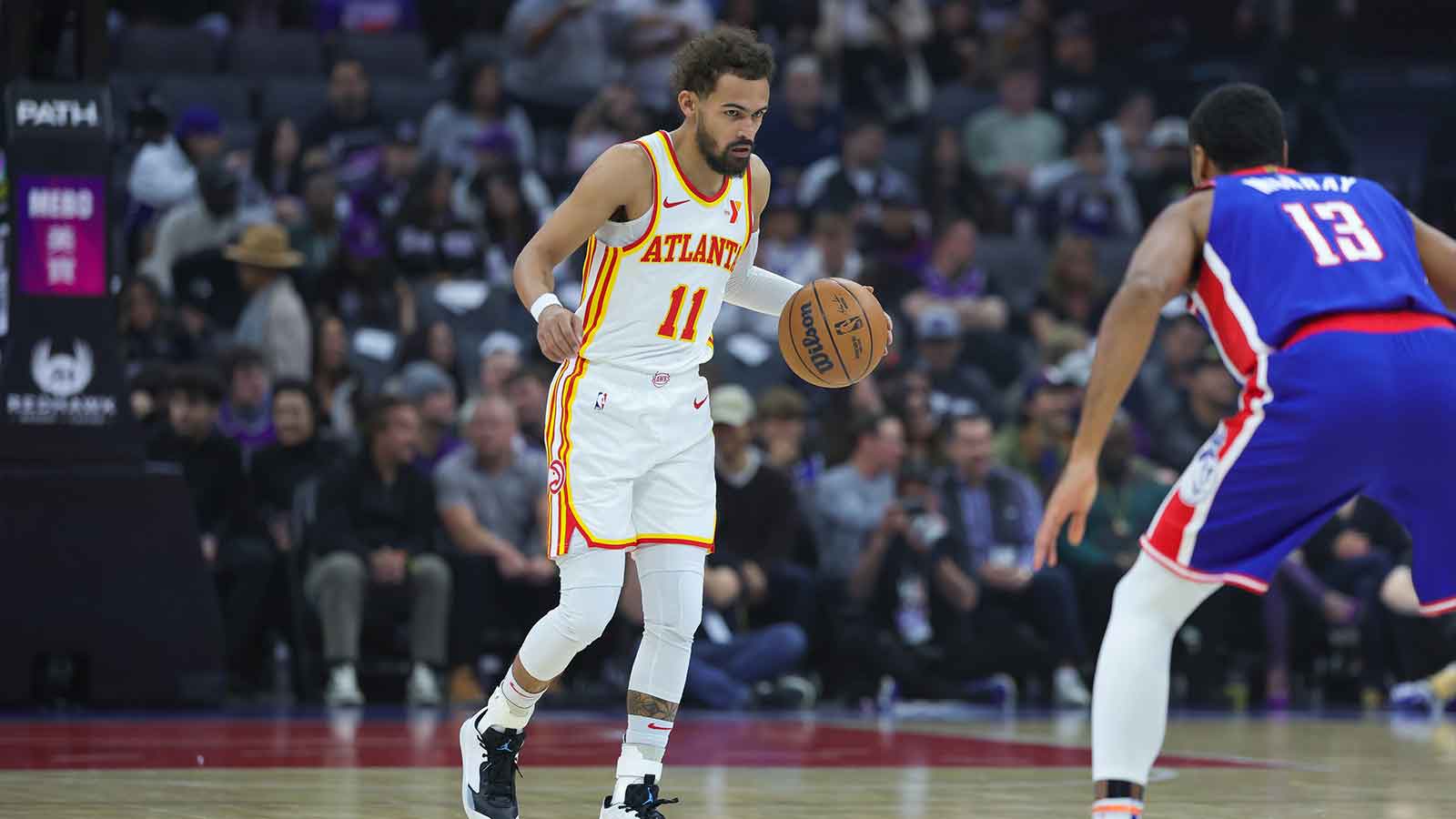The NBA Draft is home to some of the best players the league has to offer. Names such as Michael Jordan, Magic Johnson, Larry Bird, Shaquille O’Neal, and Tim Duncan were high draft picks. There are some NBA draft classes that that are good, some are great, and some are the best of all time. In this post, we'll do some NBA Draft rankings.
But one question has been debated time and time again—what is the best draft class in NBA history?
Many have dipped their hand at determining which draft class was the best, but I would like to add my two cents into the discussion.
Or maybe add more fuel to the fire.
Either way, I decided to do something different in terms of how I rank the best draft class. Aside from just showing their stats and mentioning their accomplishments, I decided to look at a lineup featuring the best players in each draft and see how they match up against the others to determine which one is the best of all time.
In other words, this is not a list that answers “what is the deepest draft class” (though some of the best are also deep), this ranking answers which draft class can win a best-of-seven series against all the other draft classes. Think NBA 2K.
The stats at the beginning of each draft class is only for the starting five because I believe the true strength of each one is in its best players.
Please note that all stats, awards, and accomplishments mentioned and listed are from Basketball Reference.
Without further ado, here are the five best NBA Draft classes in league history.
Top NBA Draft Classes (NBA Draft Rankings)

5. 1987 NBA Draft Class
Center: David Robinson
Best statistical year (1990-91) – 25.6 ppg, 13.0 rpg, 2.5 apg, 1.5 spg, 3.9 bpg
Forward: Horace Grant
Best statistical year (1993-94) – 15.1 ppg, 11.0 rpg, 3.4 apg, 1.1 spg, 1.2 bpg
Forward: Scottie Pippen
Best statistical year (1993-94) – 22.0 ppg, 8.7 rpg, 5.6 apg, 2.9 spg, 0.8 bpg
Guard: Reggie Miller
Best statistical year (1989-90) – 24.6 ppg, 3.6 rpg, 3.8 apg, 1.3 spg, 41.4% 3-pt FG percentage, 86.8% FT percentage
Guard: Kevin Johnson
Best statistical year (1988-89) – 20.4 ppg, 4.2 rpg, 12.2 apg, 1.7 spg
Reserves:
C – Olden Polynice
F – Reggie Lewis, Reggie Williams, Ken Norman, Armen Gilliam
G – Mark Jackson, Kenny Smith, Muggsy Bogues, Sarunas Marciulionis
At number five, I have the 1987 class led by two top 50 players in David Robinson and Scottie Pippen. Robinson alone can fill up a sheet of paper with his MVP, Defensive Player of the Year and All-NBA awards. And I haven’t even mentioned his stats which are ridiculously incredible.
This class is deep and one of the deepest among the five. In Robinson, Pippen, and Horace Grant, you’ve got a starting frontcourt that is a defensive beast. The starting backcourt isn’t so bad either. You’ve got Hall-of-Famer Reggie Miller who is one of the best shooters in history, and then Kevin Johnson, a fiery point guard who can take over a game with his passing, scoring, and leadership.
The strength of this team is in its backcourt where you’ve got point guards galore with Mark Jackson, Kenny Smith, and Muggsy Bogues. Then you’ve got Sarunas Marciulionis as your back up two along with Reggie Lewis and Reggie Williams who can both slide into this position as well.
Olden Polynice and Armen Gilliam are not bad for a back-up tandem as both players were starters for different teams during their best years. Then you have Ken Norman who can ably fill in for Pippen off the bench.
As good as they are, though, this team isn’t good enough to beat any of the four teams ahead of it in a seven-game playoff series. I just don’t see it happening. But against the other draft classes, this is definitely in the top five.
4. 1996 NBA Draft Class
Center: Jermaine O’Neal
Best statistical year (2002-03) – 20.8 ppg, 10.3 rpg, 2.0 apg, 0.9 spg, 2.3 bpg
Forward: Shareef Abdur-Rahim
Best statistical year (1998-99) – 23.0 ppg, 7.5 rpg, 3.4 apg, 1.4 spg, 1.1 bpg
Guard/Forward: Kobe Bryant
Best statistical year (2005-06) – 35.4 ppg, 5.3 rpg, 4.5 apg, 1.8 spg, 85% FT percentage
Guard: Allen Iverson
Best statistical year (2001-02) – 31.4 ppg, 4.5 rpg, 5.5 apg, 2.8 spg
Guard: Steve Nash
Best statistical year (2005-06) – 18.8 ppg, 4.2 rpg, 10.5 apg, 0.8 spg, 43.9% 3-pt FG percentage, 92.1% FT percentage
Reserves:
C – Marcus Camby, Erick Dampier, Lorenzen Wright
F – Peja Stojakovic, Antoine Walker
G – Ray Allen, Stephon Marbury, Kerry Kittles, Derek Fisher
Ok, I had to cheat a little to get Iverson and Nash in the starting lineup at the same time by making Bryant my starting small forward. That’s ok because he can play that position well.
But many of you are crying foul now, aren’t you? Yes, I’ve seen some people’s lists and there are those who would rank the 1996 class as the number one draft class of all time. While the awards and accomplishments of many in this class are numerous, and they have some of the best to ever play the game, including a couple of MVPs in Kobe, Nash, and Iverson, I just don’t see them winning a best-of-seven against the next one on this list, the 1985 class.
Think about it.
Just look at how thin that frontcourt bench is. The 1985 class would eat them alive! The only hope for the 1996 class is if their guards run the 1985 class’ guards to the ground.
But enough about why they are only in the number four spot. Let’s look at why they’re one of the best. This was a draft that gave rise to 21st century basketball. Fans couldn't get enough of these names.
Kobe is one of the 10 best players in history, someone who was capable of taking over a game at any given time and playing stingy defense on any guard or small forward. Allen Iverson is perhaps the greatest small man to ever play in the NBA, a league MVP who won the scoring crown four times and the steals title three times.
Nash is a two-time MVP who can ignite their fast break, an incredible play maker, and a deadly shooter all the way to the three-point line. He's also one of the purist, most creative point guards to have ever played.
Then, you have Ray Allen, owner of the most number of three-pointers in league history, coming off the bench. The other guards are just as tough in Stephon Marbury, Kerry Kittles, and Derek Fisher.
Their centers, Jermaine O’Neal, Marcus Camby, Erick Dampier and Lorenzen Wright are some of the best defenders in the game but O’Neal is the only one with a real offensive game to speak of.
As for Shareef Abdur-Rahim, he’s one player who should have been on more All-Star games based on his stats. He’s a tough to handle down low for almost any defender.
In Peja Stojakovic, they have another pure shooter and Antoine Walker is as versatile as any player in the league.
3. 1985 NBA Draft Class
Center: Patrick Ewing
Best statistical year (1989-90) – 28.6 ppg, 10.9 rpg, 2.2 apg, 1.0 spg, 4.0 bpg
Forward: Karl Malone
Best statistical year (1990-91) – 29.0 ppg, 11.8 rpg, 3.3 apg, 1.1 spg, 1.0 bpg, 52.7% FG percentage
Forward: Chris Mullin
Best statistical year (1991-92) – 25.6 ppg, 5.6 rpg, 3.5 apg, 2.1 spg, 0.8 bpg, 36.6% 3-pt FG percentage
Guard: Joe Dumars
Best statistical year (1992-93) – 23.5 ppg, 4.0 apg, 1.0 spg, 37.5% 3-pt FG percentage, 86.4% FT percentage
Guard: Terry Porter
Best statistical year (1988-89) – 17.7 ppg, 4.5 rpg, 9.5 apg, 1.8 spg, 36.1% 3-pt FG percentage
Reserves:
C – Wayman Tisdale, Manute Bol
F – Hot Rod Williams, Detlef Schrempf, Xavier McDaniel, Charles Oakley, A.C. Green
G – Michael Adams, Gerald Wilkins, Spud Webb, Mario Elie
The 1985 class is loaded with NBA talent. It was hard choosing which team was better, the 1996 class or this one.
But when I looked at the lineups, I knew the 1985 draft class had more talent and was more accomplished than the 1996 class.
With Patrick Ewing, Karl Malone, and Chris Mullin, your front court is already one fourth of the 1992 Dream Team, considered the greatest collection of talent in one team. Plus, these three are scorers and defenders at the same time.
Ewing is one of the ten greatest centers of all time, playing relentless defense while scoring with the best of them. Karl Malone is the second-leading scorer in NBA history and considered the second-best power forward ever. Mullin may not look the part, but he is deceptively quick and one of the best ballhawks at the position. And I haven’t even mentioned how good of a shooter he is! For five straight seasons, Mullin averaged more than 25 points per game.
Joe Dumars made it tough for Michael Jordan and he can handle any shooting guard you throw at him. Plus, he’s a Finals MVP which is more than I can say for many on this list. Terry Porter is a threat from three and a great quarterback for any team. He should have been an All-Star multiple times if not for the presence of Magic and other great guards during his playing days.
The bench is incredible! You’ve got John “Hot Rod” Williams, who can play center and power forward. He was a terrific back up to Brad Daugherty and Larry Nance in Cleveland and will prove valuable to this team, too. Wayman Tisdale is a high-scoring power forward who can also play back-up center to Ewing. Then there’s the human eraser, Manute Bol, who led the league in blocks twice.
Then you have Charles Oakley and A.C. Green backing up the four position. If you thought it was tough to score against the starters, it would be near impossible when you have these two clogging the inside. Detlef Schrempf is a two-time 6th Man of the Year winner and three-time All-Star. Xavier McDaniel averaged more than 20 points in four consecutive years while playing rugged defense at the same time.
Michael Adams and Spud Webb may be the shortest point guards off the bench of any draft class but they are some of the feistiest, too, as both are reliable scorers and passers at the same time. Gerald Wilkins was called the “Jordan stopper” during his best years and Mario Elie is a tough-as-nails player and a big-time clutch shooter as well.
Best NBA Draft Classes
2. 2003 NBA Draft Class
Center: Chris Bosh
Best statistical year (2009-210) – 24.0 ppg, 10.8 rpg, 2.4 apg, 1.0 bpg
Forward: Carmelo Anthony
Best statistical year (2013-14) – 27.4 ppg, 8.1 rpg, 3.1 apg, 1.2 spg, 0.7 bpg, 40.2% 3-pt FG percentage
Forward: LeBron James
Best statistical year (2009-10) – 29.7 ppg, 7.3 rpg, 8.6 apg, 1.6 spg, 1.0 bpg
Guard: Dwyane Wade
Best statistical year (2008-09) – 30.2 ppg, 5.0 rpg, 7.5 apg, 2.2 spg, 1.3 bpg
Guard: Kirk Hinrich
Best statistical year (2006-07) – 16.6 ppg, 3.4 rpg, 6.3 apg, 1.3 spg, 41.5% 3-pt FG percentage
Reserves:
C – Chris Kaman, Zaza Pachulia
F – David West, Kyle Korver, Boris Diaw, Josh Howard, Jason Kapono, James Jones
G – Leandro Barbosa, Mo Williams
The 2003 NBA Draft produced some of the best NBA players in recent history with four potential Hall of Fame candidates. With LeBron James leading the charge, the group can hang with the best of them.
Already considered one of the greatest players of all-time (and working his way even higher on the list), James has four MVPs and is always a candidate for the honor almost every year he has played. No other player in history has the size and strength to match him at the small forward spot. With Chris Bosh and Carmelo Anthony, he has the frontcourt partners that he covets, with each one of them threats from inside and out all the way to the three-point line. Both have appeared in multiple All-Star Games to go along with several All-NBA teams.
Dwyane Wade is by far the third best shooting guard of all time, capable of playing both ends of the floor. Throw in Kirk Hinrich who is a rugged defender with three-point shooting and you’ve got perhaps the stingiest defense in the backcourt.
This class also has the best shooters on this list. They can surround James and Bosh with deadly three-point marksmen in Kyle Korver, Jason Kapono, and James Jones without losing much in terms of size. Josh Howard was a one-time All-Star and Boris Diaw can jumpstart the offense as a point forward, play great defense, and hit the three.
The reserve bigs are also a tough match-up. During his best years, Chris Kaman was a hard-nosed defender and rebounder. Zaza Pachulia is a capable back up to the two centers. Then, you have David West who is a two-time All-Star and a very skilled post player.
If they wanted to go big and strong they can play Bosh and James with West in the frontcourt and then Wade and Korver as their guards.
There’s so much you can do with this class which is the most versatile in the top five. But versatility can’t get them to number one because the top spot is reserved for the most legendary draft of all.
1. 1984 NBA Draft Class
Center: Hakeem Olajuwon
Best statistical year (1989-90) – 24.3 ppg, 14.0 rpg, 2.9 apg, 2.2 spg, 4.6 bpg
Forward: Otis Thorpe
Best statistical year (1987-88) – 20.8 ppg, 10.2 rpg, 3.2 apg, 0.8 spg, 0.7 bpg
Forward: Charles Barkley
Best statistical year (1986-87) – 23.0 ppg, 14.6 rpg, 4.9 apg, 1.8 spg, 1.5 bpg, 59.4% FG percentage
Guard: Michael Jordan
Best statistical year (1988-89) – 32.5 ppg, 8.0 rpg, 8.0 apg, 2.9 spg, 0.8 bpg, 53.8% FG percentage
Guard: John Stockton
Best statistical year (1989-90) – 17.2 ppg, 2.6 rpg, 14.5 apg, 2.7 spg, 41.6% 3-pt FG percentage
Reserves:
C – Kevin Willis, Sam Bowie, Michael Cage
F – Sam Perkins, Oscar Schmidt, Jerome Kersey
G – Alvin Robertson, Jay Humphries
The best draft class in NBA history shouldn’t be too hard to determine. The 1984 NBA Draft class is by far the best of all time. This team has some of the best offensive players of all time and it has some of the best defensive players ever as well. How can they lose?
Michael Jordan, Hakeem (formerly Akeem) Olajuwon, Charles Barkley, and John Stockton are all arguably in the top 25 greatest players in the history of the league.
Three are members of the Dream Team, the greatest team ever assembled. If not for Olajuwon not being an American citizen yet at the time, he would’ve undoubtedly made it on the team.
Just consider the accomplishments.
Olajuwon was the 1994 MVP, 1993 and 1994 Defensive Player of the Year, a 12-time All-Star, and won 2 NBA championships with 2 Finals MVPs.
Jordan won five MVPs, the 1988 Defensive Player of the Year, 10 scoring titles, three steals titles, a 14-time All-Star, nine times in the All-Defensive First Team, and has six NBA championships.
Barkley was the 1993 MVP, an 11-time All-Star, and owns the 1986-87 rebounding title.
John Stockton has nine assists titles, two steals crowns, a member of 11 All-NBA teams, five All-Defensive teams, and he’s the all-time leader in assists and steals in NBA history.
The reserve centers are as good as any that you can find from any draft class. Kevin Willis was an All-Star, and a rebounding champion same as Michael Cage. Both can wreak havoc on the boards with Willis capable of scoring in bunches, too. Sam Perkins was a versatile big man who could play both the center or power forward spots while scoring down low or shooting from three.
Jerome Kersey was one of the best starting small forwards in the 1980s, someone who can score and is another gifted defender on the wings.
Alvin Robertson won the 1986 Defensive Player of the Year, has three steals titles, and a two-time All-Star. Jay Humphries is a combo guard, a great back up who is a good a playmaker and capable scorer.
Though he didn’t play in the NBA, Oscar Schmidt was drafted in the sixth round by the New Jersey Nets and would have been an amazing talent in the league. In the 1988 Olympics, playing for his home country of Brazil, he averaged 42.3 points per game including 55 points against Spain, both all-time Olympic scoring records.
With Jordan as the leader, can you imagine surrounding him with the best talents from his draft class? I can, and I can also see the 1984 NBA Draft class as the best of all time.








